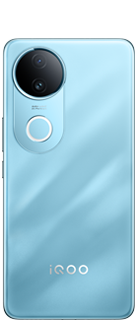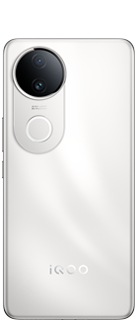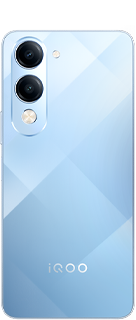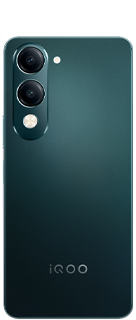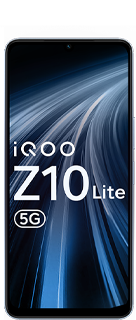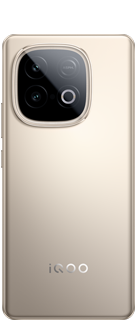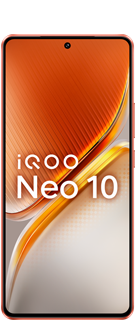HDR vs. Dolby Vision: Key Differences Explained
High Dynamic Range (HDR) and Dolby Vision have revolutionized how we experience visual content, delivering brighter highlights, deeper contrasts, and richer colors. While both enhance picture quality, they differ in technical execution, compatibility, and user experience.
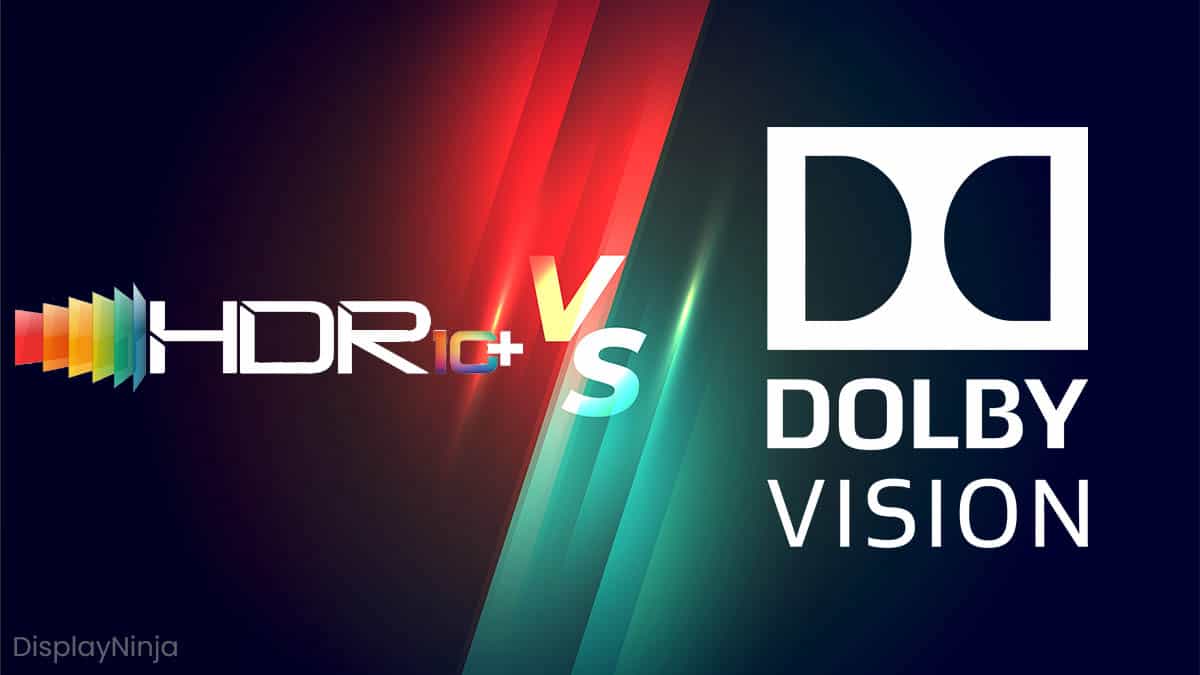
Here’s an in-depth look at HDR and Dolby Vision to help you understand their distinctions.
What is HDR?
HDR, short for High Dynamic Range, is a technology that improves a display's contrast ratio and color range. Unlike Standard Dynamic Range (SDR), which has limited brightness and color, HDR showcases brighter whites, darker blacks, and a wider color spectrum, creating a more lifelike viewing experience.

Key Features of HDR:
1. Brightness Levels: HDR typically supports up to 1,000 nits of peak brightness.
2. Color Depth: Most HDR content operates in 10-bit color, offering over a billion shades.
3. Standards: Common HDR formats include HDR10 and HDR10+, with HDR10 being the most widely adopted.
4. Static Metadata: HDR10 uses static metadata, meaning the brightness and color settings are applied uniformly throughout the content.

What is Dolby Vision?
Dolby Vision is a premium HDR format developed by Dolby Laboratories. It builds on the foundation of HDR but offers advanced features for superior picture quality.
Dolby Vision is widely regarded as the gold standard for HDR content due to its dynamic metadata and higher performance thresholds.
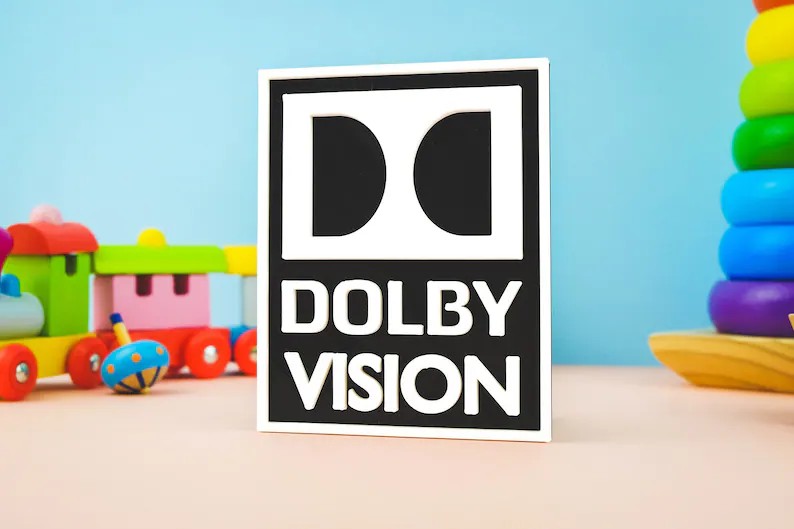
Key Features of Dolby Vision:
1. Brightness Levels: Dolby Vision supports up to 10,000 nits of peak brightness, though most displays achieve around 1,000-4,000 nits.
2. Color Depth: It utilizes 12-bit color depth, offering a staggering 68 billion color shades.
3. Dynamic Metadata: Dolby Vision adjusts brightness and color settings on a scene-by-scene or frame-by-frame basis for optimal results.
4. Content Mastering: Dolby Vision content is meticulously mastered for cinematic precision, ensuring consistency across devices.
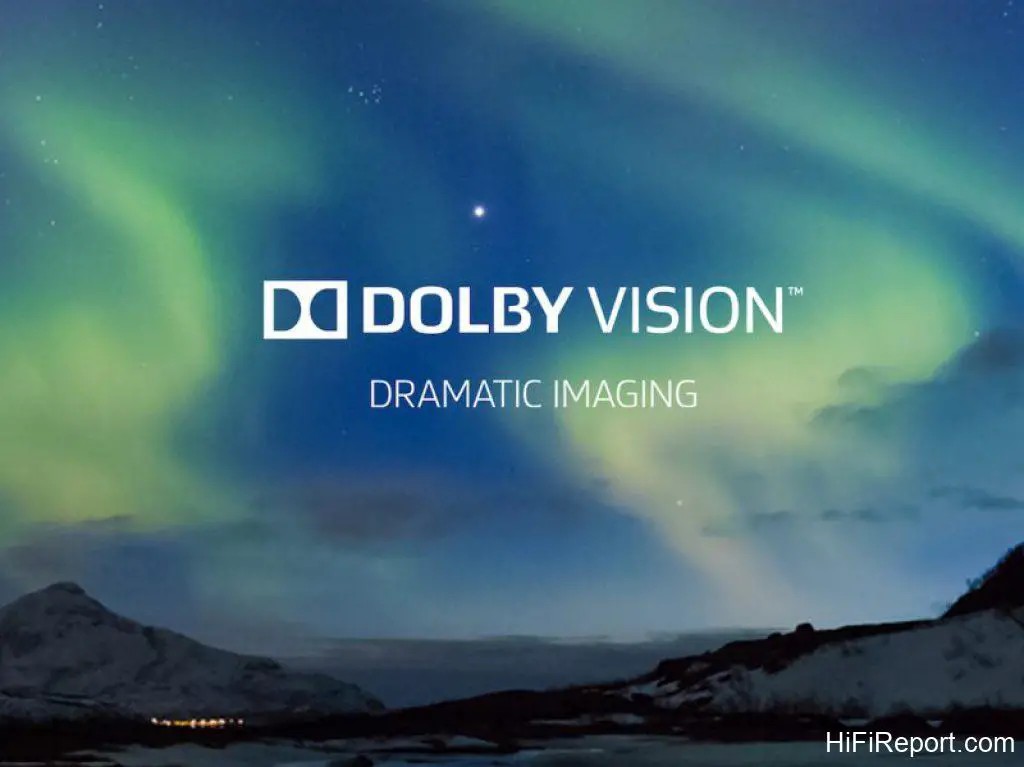
HDR vs. Dolby Vision: A Detailed Comparison
Practical Implications
1. Picture Quality: While HDR enhances visuals significantly, Dolby Vision's dynamic metadata and extended color depth often result in more vibrant and accurate images.
2. Device Support: HDR10 is nearly universal and supported by most 4K TVs, smartphones, and streaming platforms. Dolby Vision, however, is limited to devices and content providers that have adopted Dolby’s technology.
3. Content Availability: Streaming services like Netflix, Disney+, and Apple TV+ support both formats, but Dolby Vision titles are fewer due to its higher production costs.
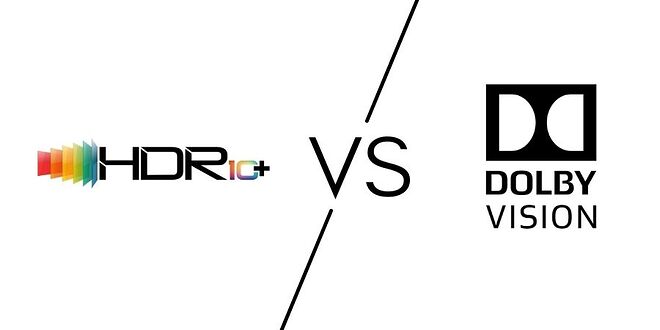
Which One Should You Choose?
For Content Creators: If you prioritize precision and want your work to look impeccable on compatible devices, Dolby Vision is the better choice.
For Consumers: HDR is sufficient for most viewers and works across a broader range of devices. However, if you own a Dolby Vision-certified display, you can enjoy its enhanced capabilities.
Conclusion
Both HDR and Dolby Vision deliver stunning visuals, but Dolby Vision takes the lead in terms of dynamic range, color accuracy, and adaptability. HDR, with its broader compatibility, is a great choice for general use. Ultimately, your choice will depend on your device, content
preferences, and willingness to invest in a premium experience.
Please sign in
Login and share
